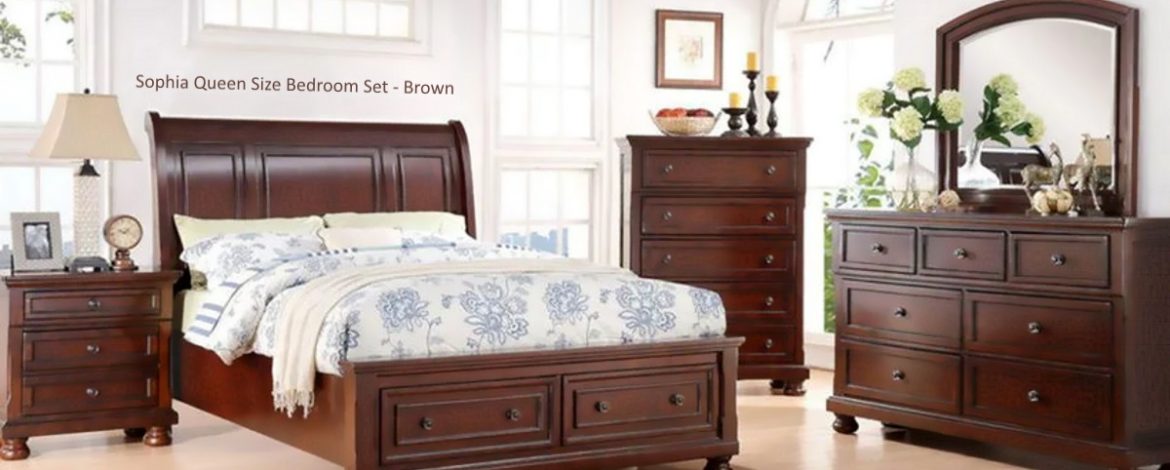Bedroom Furniture
| How did furniture develop through the centuries? Furniture (probably from the French ‘fournir’ — to provide) is the mass noun for the movable objects (‘mobile’ in Latin languages) intended to support various human activities such as seating and sleeping in beds, to hold objects at a convenient height for work using horizontal surfaces above the ground, or to store things. The question above is not an easy one to answer. Going through the ages of the past it can easily be seen that people invented loads of different types and shapes of furniture. To try to answer this question we would have to go all the way back to the medieval times. This period in time would have to be the starting point in this matter and the Fourteenth-Century’s Great Hall would have to be our point A. Moving forward in the pursuit of evolution of the furniture we would come across the Fifteenth-Century’s Solar (room) and following that road the typical Tudor Interior from the Sixteenth-Century in which the Elizabethan trend was the strongest one to point out. Another development going forward was presented in the Seventeenth-Century in the age of Stuarts quickly followed up by the Georgian Times with its changes in the furniture art and craft. Late Eighteen-Century was known as the golden age for furniture also names as “age of mahogany”. Moving forward into the Victorian times and drastic increase in furniture demand and finally put an end to the journey through the development of furniture and settle in the Twentieth-Century and its long history. |
|
 |
 |
| Bedroom Furniture
Elizabethan bedroom Elizabethan table |
|
 |
 |
| Bedroom Furniture
The period between 1660 and 1750’s was known in the history as the “age of walnut”. This wood was generally used purely due to the low cost and the colour of it. The construction of the furniture became more delicate and the design of it varied. Legs were turned in bobbin vase or columnar form or as the quality of lathe design improved, in the spiral twist. The day bed appeared along with the usage of more chairs and settees. Solid dining tables were pushed out by the gate-leg design, card and small side tables. Upholstery was in common use for seating furniture, it was covered with turkeywork, velvet or embroidery and edged with fringe and tassels. The appearance of new decorative techniques (veneering, japanning, gesso, marquetry) raised the art of furniture to the next level. |
|

